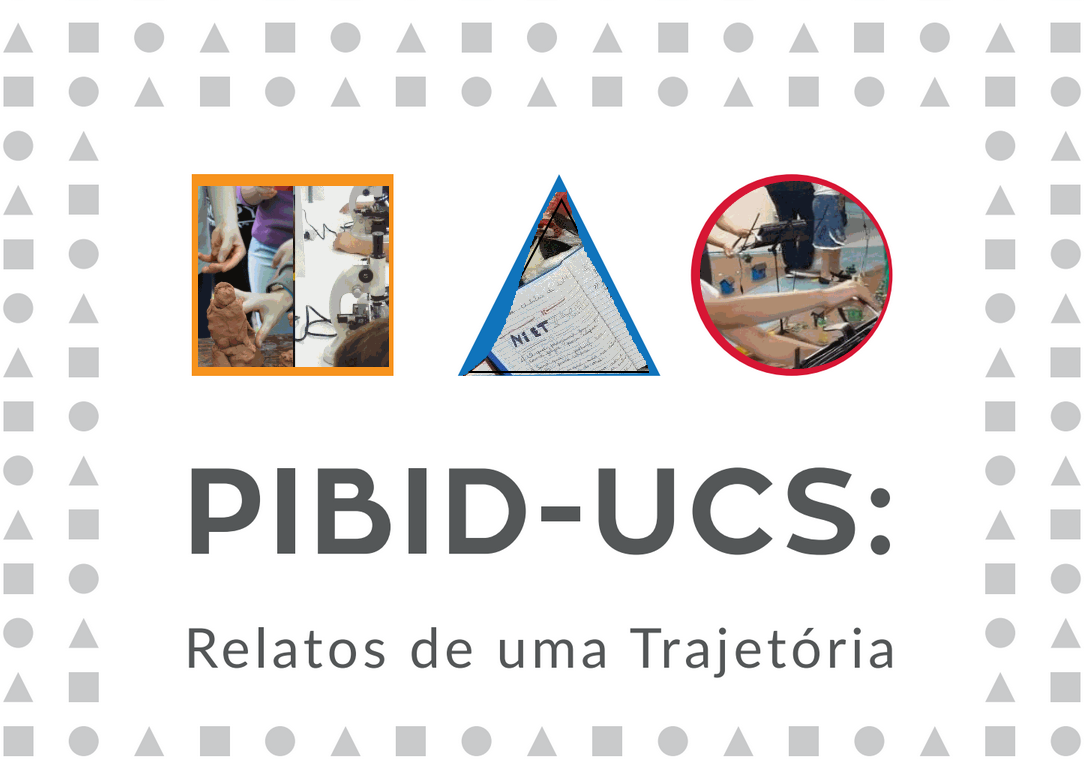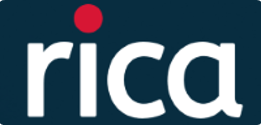Building Skills and Competences in English Language Teaching mediated by Digital Technologies
Keywords:
literacy, interaction, technologyAbstract
This article aims to reflect and organize the experiences of the PIBID - Letras/Inglês subproject of the University of Caxias do Sul, from the point of view of the subproject Coordinator. This project is carried out at the University campus of Caxias do Sul and at Santa Catarina State High School and it aims to shorten the distance university/school in initial and lifelong education in the English language area through the development of a proposal of literacy and social construction of knowledge, adding technology to the routine of the classroom. The development of this subproject is composed of readings and discussions about the social construction of knowledge according to Vygotsky, for theoretical foundation, diagnosis of needs and interests of students and supervisor, planning of didactic plans, evaluation of the work developed, planning and systematization of the actions developed in academic papers in partnership with the school supervisor and scholarship students.
References
FREIRE, P. 1996. Pedagogia da autonomia: Saberes necessários à prática educativa. 30a ed. São Paulo: Paz e Terra, 148p. (Coleção Leitura).
ORIENTAÇÕES CURRICULARES PARA O ENSINO MÉDIO (OCEN). 2006. Linguagens, códigos e suas tecnologias/Secretaria de Educação Básica. Brasília, Ministério da Educação, Secretaria de Educação Básica. Conhecimentos de línguas estrangeiras, vol. 1, p. 85 – 124.
REFERENCIAIS CURRICULARES DO ESTADO DO RIO GRANDE DO SUL: Linguagens, códigos e suas tecnologias/Secretaria de Estado da Educação – Porto Alegre: SE/DP, 2009. v.1, p. 127 – 172.
VYGOTSKY, L. A formação social da mente. São Paulo: Martins Fontes, 1999.
Downloads
Published
How to Cite
Issue
Section
License
Copyright (c) 2021 Interdisciplinary Journal of Applied Science

This work is licensed under a Creative Commons Attribution-NonCommercial-NoDerivatives 4.0 International License.
Authors keep the copyright and cede to the journal the right of publishing first. Published works are licensed under a Creative Commons Attribution 4.0 International (CC BY 4.0) license, allowing the sharing of the work with recognition of the authorship and initial publication in this journal.






